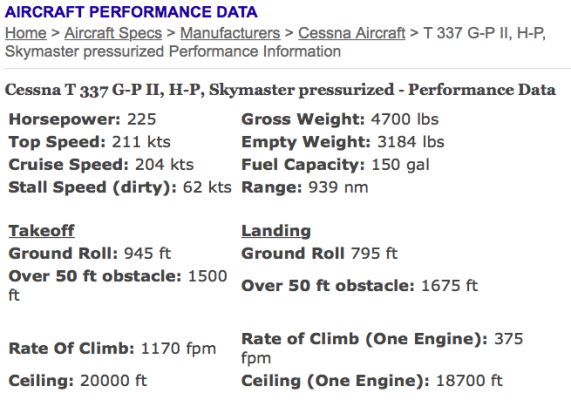We meet lots of pilot-boaters. I think there's appeal, comfort, and expertise that aligns for these personalities . My father-in-law taught in links, flew a Stinson, built a Glasair, and spent 25 years cruising in a DeFever. My husband soloed on his 16th birthday, flew Navy F/A18 Hornets, an assortment for Delta, plus more, and has 1940s Piper Cub and Stinson.
As the wife of a pilot, my confidence in him to keep us safe on the water in our DeFever is bolstered by his flying skills. I know that weather, radar gauges, radio, equipment, navigation, controls, systems, electrical, and so much more, including driving big, awkward vehicles, are all second nature to him.



 And my deceased father-in-law, a dentist, began flying when he was 15 and his last two planes were Cessna 310's, Q&R - but I think his proudest few hours were in the right seat of a shiny Ford Tri-Motor.
And my deceased father-in-law, a dentist, began flying when he was 15 and his last two planes were Cessna 310's, Q&R - but I think his proudest few hours were in the right seat of a shiny Ford Tri-Motor.